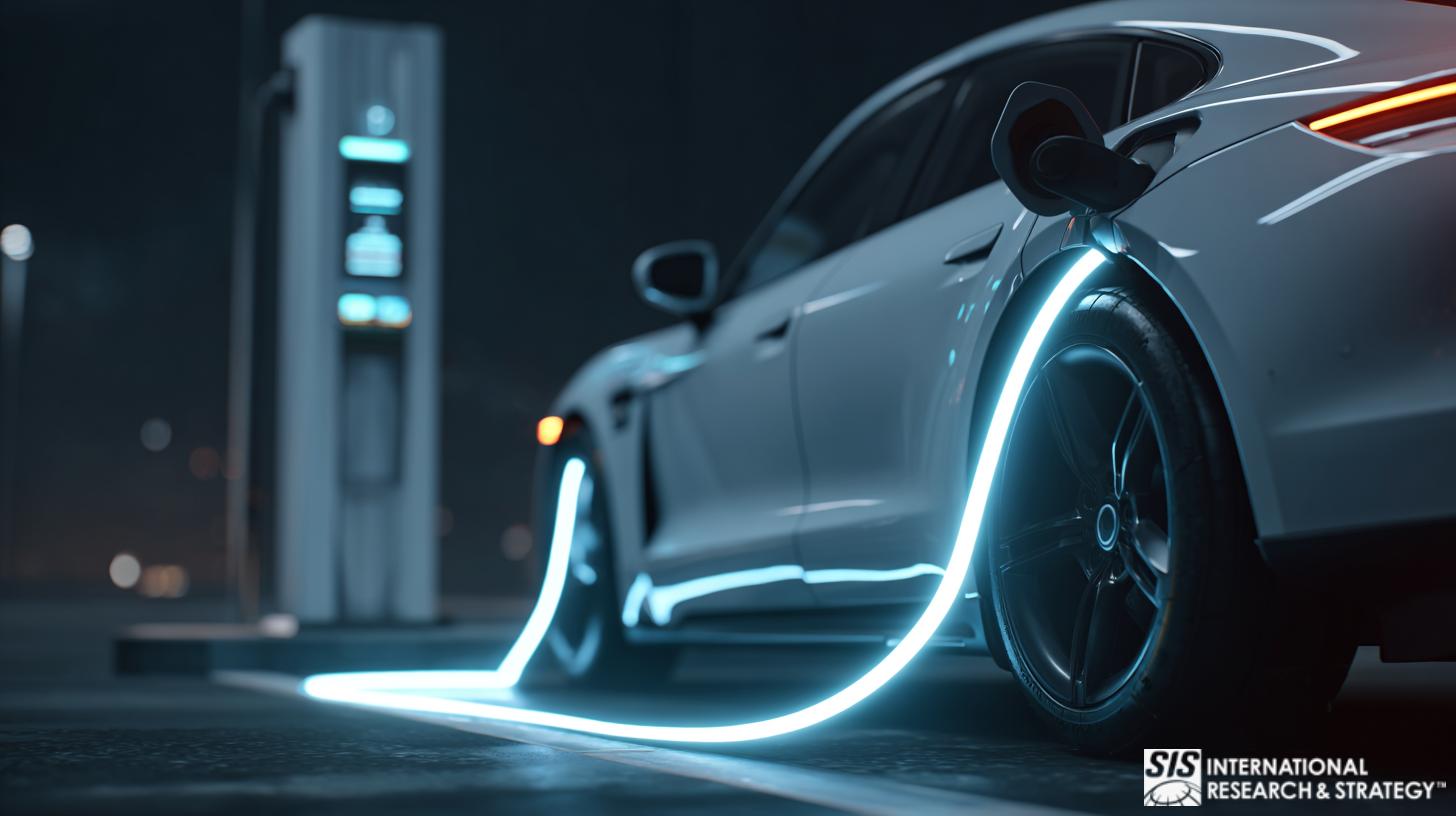
Existe una distinción importante entre vehículos híbridos y vehículos eléctricos (EV).
Hybrid vehicles, such as the Toyota Prius line, are powered by both an electric engine and an Internal Combustion Engine (ICE), which is the traditional engine fueled by petrol or Diesel. Electric Vehicles (EVs), by definition, are powered by an electric engine only. A large number of battery cells deck the floor of an EV. The recharging of the battery is simply done by an electric plug, usually at the user’s home.
Oportunidades y desafíos
Most automotive manufacturers have completed their model line-up with Hybrids. However, only a few propose exclusively electric cars. The leader in terms of sales for the Current Year 2013 in the US EV segment is the Chevrolet Volt and the Nissan Leaf. Then comes the premium brand Tesla with its newly launched Model S. The volumes in the Hybrid segment are very different. The industry leader is considered Toyota, and its Prius line. The followers are Ford, with its Fusion Hybrid and C-Max Hybrid, and Hyundai Sonata.
The reasons behind the leadership in these segments are diverse and require a thorough industry analysis. However, one can easily assume that first-mover advantage plays a significant role in terms of branding, economies of scales and technology advantage. In fact, Toyota was the first to launch hybrid versions and is still on top of that market. In the same way, Nissan and Chevrolet were pioneers in the mass market EV in 2009/10 and still hold a leadership position.
Con el nivel de competencia y el amplio conjunto de intentos de diferenciación por parte de los fabricantes de automóviles, los volúmenes de ventas y, más precisamente, las cuotas de mercado y de segmento, son medidas clave del éxito en esta industria.
Regulación del coche eléctrico
Regulation on C02 emission and gas consumption is a main reason that pushes manufacturers to develop and market low or zero emission vehicles. In a global industry, an increasing number of countries have adopted tax incentive schemes that favor the sales of hybrid and EV over traditional more fuel-consuming cars. For instance, France has Bonus/Malus scheme, where a cash amount is offered to the buyers of hybrid and EV vehicles. The same applies to Holland.
Estados Unidos ha adoptado recientemente esquemas similares de impuestos a los automóviles, pero el entorno regulatorio es menos estricto. Esta dinámica del mercado, junto con un posible “efecto Halo” en torno a la marca, empuja a todos los fabricantes a proponer modelos híbridos o eléctricos. Por lo tanto, una pregunta más amplia es qué estrategias de gama de modelos quieren adoptar los fabricantes.
Información del cliente
Customers of hybrids and EVs are for most part environmentally conscious above 50 year old upper income class individuals. Thus, while it makes sense to offer a hybrid or EV family sedan or compact car for urban environment, this product strategy does not find rational for full size heavy duty trucks. Likewise, Ford offers hybrid and EV for the Fusion and the Focus respectively, but remains on ICE for its flagship F-150.
EVs and Hybrids are priced at a premium over similar ICE models with same equipment level. Manufacturers have performed extensive price vs. value analyses in order to find out what the premium would be that the customers are willing to pay to drive a low emission car.
El impacto en la industria en general no está claro porque los volúmenes aún son bastante pequeños para los vehículos eléctricos y los híbridos. Sin embargo, a nivel de segmento, las estrategias de precios de vehículos eléctricos e híbridos pueden verse como una estrategia de diferenciación sobre los segmentos de ICE no premium. En otras palabras, una marca no premium como Nissan o Toyota es potencialmente capaz de fijar el precio de sus coches híbridos y eléctricos al mismo nivel que un Mini, un BMW o un Audi. Con la escala que Nissan y Toyota han acumulado a lo largo de los años, el costo marginal de producir un híbrido o un vehículo eléctrico ha disminuido considerablemente, lo que genera un retorno marginal superior para sus negocios híbridos y eléctricos.



